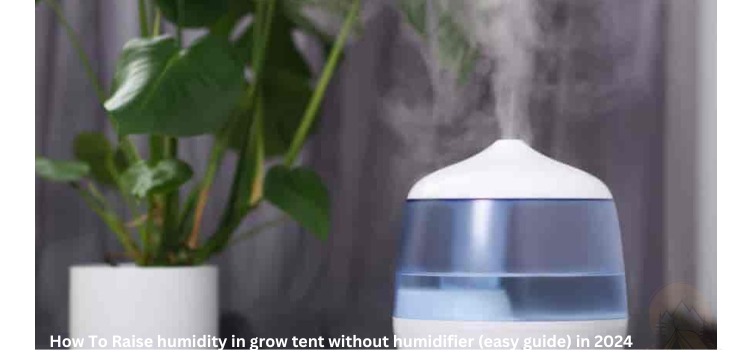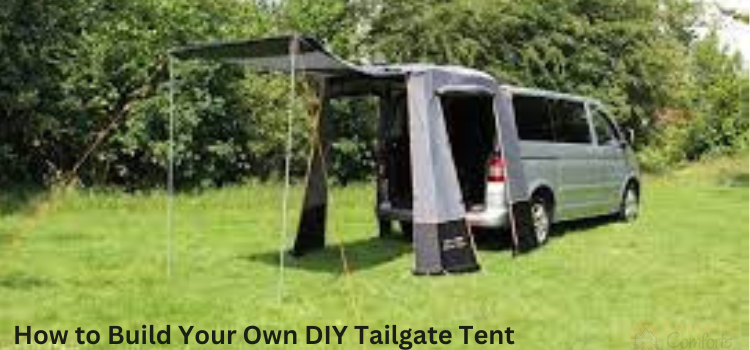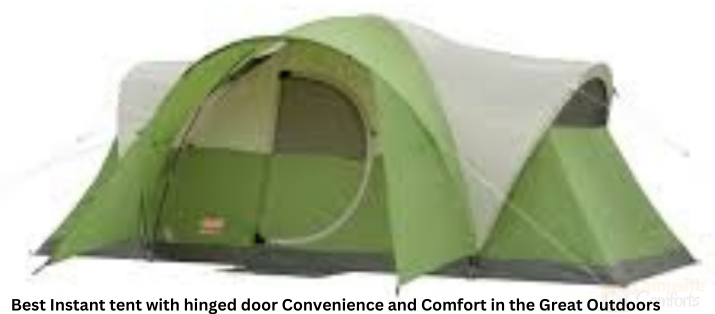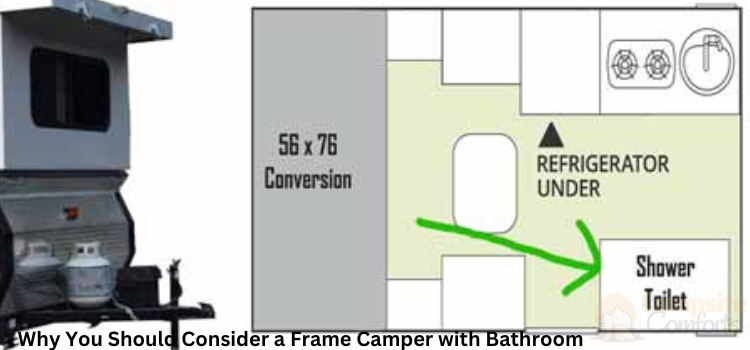Welcome to our blog post on How To Raise humidity in grow tent without humidifier. As any experienced gardener knows, maintaining the right humidity levels is important for your plant’s health and growth. While humidifiers are commonly used for this purpose, there are times when you might not have access to one or prefer alternative methods. Don’t worry, we’ve got you covered.
In this article, we will share some efficient tips and tricks that can help increase humidity in your grow tent without relying on a humidifier. So whether you’re a seasoned farmer or just starting out with indoor gardening, keep reading to discover these techniques that will create the perfect environment for your precious greens.

Why is humidity important for indoor plants?
Humidity plays a important role in the well-being of indoor plants. It refers to the amount of moisture present in the air, and getting it right is essential for their health and growth.
One reason why humidity is important for indoor plants is that it affects their ability to transpire. Transpiration is the process by which plants move water from their roots to leaves, helping them absorb nutrients and stay hydrated. When humidity levels are low, excessive transpiration can occur, leading to water loss through evaporation at a higher rate than it can be absorbed.
Furthermore, proper humidity keeps plant tissues moist and prevents dryness. If the air around your indoor plants lacks moisture, they may experience leaf drying out or passing as water evaporates rapidly from their surfaces.
Maintaining adequate humidity also helps reduce stress on your plants caused by environmental factors such as heat or fluctuations in temperature. High humidity acts as a buffer against extreme conditions by providing a protective barrier for foliage.
Understanding the ideal humidity level for plant growth
Understanding the ideal humidity level for plant growth is important for successful cultivation in a grow tent. Humidity refers to the amount of moisture present in the air, and it plays a significant role in maintaining optimal conditions for plants to achieve.
Plants have different requirements when it comes to humidity levels, depending on their species and stage of growth. Generally, most plants prefer a relative humidity (RH) level between 40% and 60%. However, some tropical plants may require higher levels up to 70%.
Humidity affects various aspects of plant health. Low humidity can cause transpiration rates to increase, leading to water loss from leaves and potential dehydration. On the other hand, high humidity can create an environment conducive for fungal diseases such as powdery mildew.
To maintain the ideal humidity level in your grow tent without using a humidifier, there are several techniques you can employ. One effective method is misting your plants regularly with water. This helps increase moisture in the air surrounding them.
Another approach is grouping together plants that have similar moisture requirements. By clustering these plants together, they create their own small-scale climate with slightly elevated humidity levels.
Furthermore, placing containers filled with water near heat sources like lights or heaters can also help raise humidity as the water slowly evaporates into the air.
By understanding and monitoring the ideal humidity level for plant growth within your grow tent without relying solely on a humidifier, you can provide optimal conditions that promote healthy development and yield impressive results.
Factors that Affect Humidity Levels in a Grow Tent:
Maintaining the right humidity level is important for the success of your plants in a grow tent. Several factors can impact the humidity levels inside your grow tent, and understanding these factors will help you adjust and optimize the conditions for healthy plant growth.
One major factor that affects humidity is temperature. As temperatures rise, moisture evaporates more quickly, leading to lower humidity levels. On the other hand, colder temperatures cause slower evaporation and higher humidity.
Ventilation also plays a significant role in controlling humidity levels. Proper air circulation helps remove extra moisture from the air while bringing in fresh air. Without proper ventilation, inactive humid air can lead to mold growth and other issues.
The number of plants in your grow tent can influence humidity as well. More plants transpire more water into the atmosphere, increasing overall humidity levels. On the other hand, more plants may result in lower humidity unless provided by other methods.
Additionally, external environmental conditions such as weather patterns or seasonal changes can affect indoor grow tent humidities indirectly through their impact on temperature and ventilation.
By considering these factors carefully and making adjustments accordingly, you can maintain optimal humidity levels within your grow tent without relying solely on a humidifier.
Ways to Increase Humidity in a Grow Tent Without a Humidifier:
When it comes to increasing humidity in your grow tent without a humidifier, there are several easy and cost-effective methods you can try. One of the simplest ways is misting your plants regularly. Fill a spray bottle with water and gently spray the leaves and surrounding air to create moisture.
Another effective technique is using trays of water. Place shallow trays filled with water near your plants or on the floor of the grow tent. As the water evaporates, it will help raise the humidity levels inside.
The damp towel method is another clever trick. Take a clean towel, soak it in water, and wring out any excess moisture. Hang the damp towel inside your grow tent or drape it over a chair nearby. The evaporation from the towel will add much-needed humidity to the air.
If you have multiple plants in your grow tent, consider grouping them together. When plants are grouped closely together, they naturally release moisture through transpiration, creating a more humid environment for all of them.
By incorporating these techniques into your indoor gardening routine, you’ll be able to increase humidity levels in your grow tent without relying on an expensive humidifier. Experiment with different methods and find what works best for you and your plants.
Tips for increasing humidity without a humidifier:
One effective way to increase humidity in your grow tent without a humidifier is by using a water tray or pebble tray. Simply fill a shallow tray with water and place it near your plants. As the water evaporates, it will add moisture to the air, raising the humidity levels.
Another method is misting your plants regularly. Using a spray bottle filled with water, gently mist the leaves of your plants throughout the day. This not only provides them with hydration but also increases humidity as the tiny particles evaporate into the surrounding air.
Grouping plants together can also help create a small-scale climate higher humidity within your grow tent. When grouped closely together, plants release moisture through transpiration, increasing overall humidity levels.
Consider incorporating humidifying plants into your indoor garden. Plants such as Boston ferns and peace lilies naturally release moisture into their surroundings, acting as natural humidifiers for your other plant friends.
Placing bowls of water near heat sources like heaters or lights can aid in increasing humidity. The warmth from these sources will cause evaporation from the bowls, adding more moisture to the air around them.
With these tips in mind, you now have several practical methods at hand to raise humidity in your grow tent without relying on a traditional humidifier. Experiment with different techniques and find what works best for your specific environment and plant needs
Common Mistakes of How To Raise humidity in grow tent without humidifier:
Maintaining the right humidity level is essential for the health and growth of plants in a grow tent. While using a humidifier might be the most efficient way to increase humidity, there are still some common mistakes that growers should avoid when trying alternative methods:
Neglecting proper drainage:
Using water trays or misting your plants can help raise humidity levels, but it’s essential to ensure proper drainage. Excess water accumulation can lead to root rot or fungal diseases.
Over-misting:
While misting your plants can provide temporary relief from low humidity, excessive misting can lead to moisture-related issues such as mold growth or food ingredient problems.
Placing bowls of water near heat sources:
Although placing bowls of water near heat sources like radiators may seem logical, it often leads to rapid evaporation and uneven distribution of moisture within the grow tent.
Not monitoring temperature closely:
Temperature plays a significant role in maintaining optimal humidity levels. Higher temperatures increase evaporation rates, which means you’ll need more frequent measure to maintain desired humidity levels.
Failing to create airflow:
Without adequate air circulation, stagnant air can contribute to high relative humidity and invite pests or diseases into your grow tent.
By avoiding these common mistakes and implementing effective strategies for increasing humidity without a humidifier, you’ll be better equipped to create an ideal environment for your plants’ growth and development.
Conclusion
Raising humidity in a grow tent without a humidifier is possible with the tips and tricks mentioned above. By using simple methods such as misting, grouping plants together, or using a DIY humidifier, you can create an optimal environment for your plants to thrive. It’s important to monitor the humidity levels regularly and adjust accordingly to ensure that your plants are getting the right amount of moisture. With these techniques, you can successfully raise humidity in your grow tent without having to purchase expensive equipment
FAQS:
Does wet towel increase humidity?
Although hanging a damp towel will add moisture to the air, setting out a couple glasses of water won’t significantly alter the humidity. especially if there is a breeze or strong sunlight.
What humidity level is best for a grow tent?
The following are some recommendations for grow tent humidity during the various phases: Early vegetable/seedling: 70–75% Veg: 50–70% Flower: 40–50%
How many Litres of water does it take to humidify a room?
It is generally accepted that indoor humidity levels between 30 and 50 percent are ideal for preserving our general well-being. An ordinary 1,000 square foot home may easily increase its indoor humidity levels from 15% to 60% with just one to three liters of water. Boiling a pot of water alone might result in a 45% increase in humidity.







Надежность и ответственность перед каждым клиентом
Автосервис японских автомобилей Москва http://www.tokyogarage.ru.
thank for sharing this information
Элвис Пресли, безусловно, один из наиболее влиятельных музыкантов в истории. Родившийся в 1935 году, он стал иконой рок-н-ролла благодаря своему харизматичному стилю и неповторимому голосу. Его лучшие песни, такие как “Can’t Help Falling in Love”, “Suspicious Minds” и “Jailhouse Rock”, стали классикой жанра и продолжают восхищать поклонников по всему миру. Пресли также известен своими выдающимися выступлениями и актёрским талантом, что сделало его легендой не только в музыке, но и в кинематографе. Его наследие остается живым и вдохновляет новые поколения артистов. Скачать музыку 2024 года и слушать онлайн бесплатно mp3.